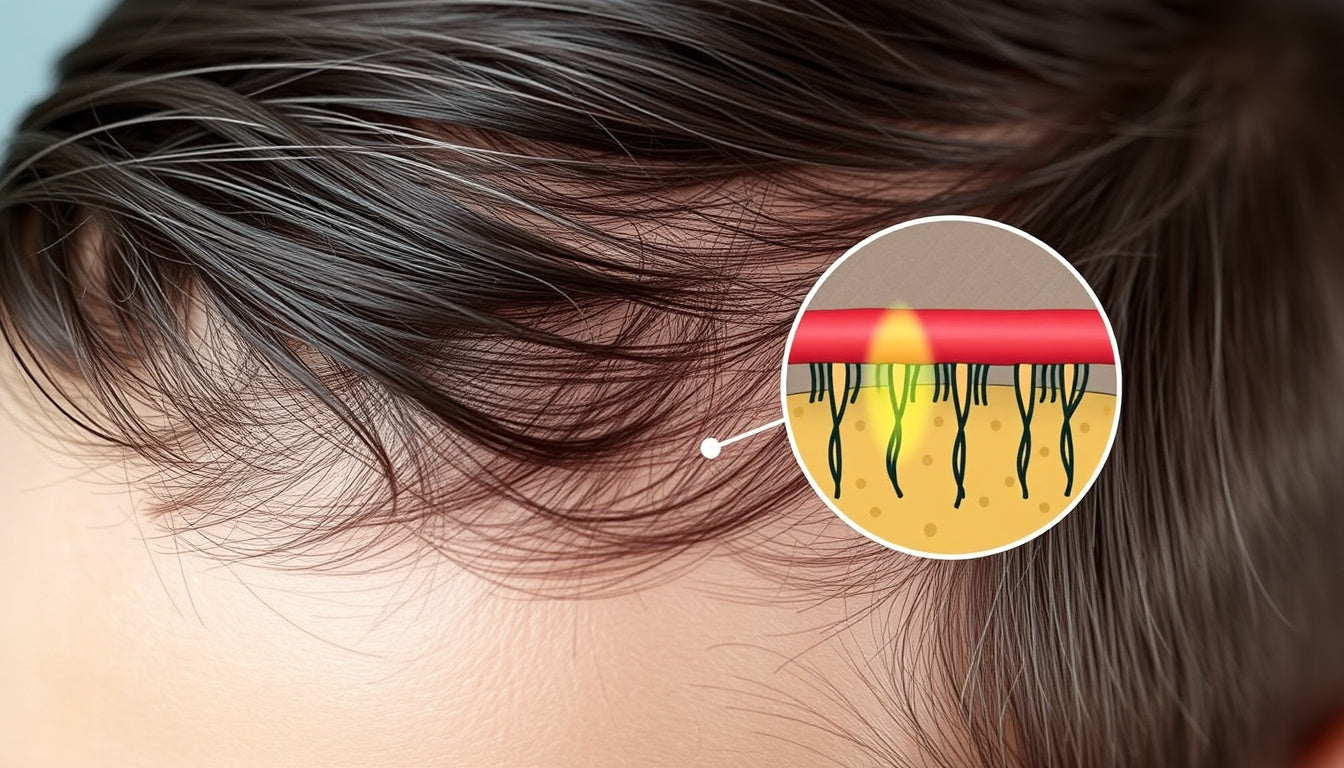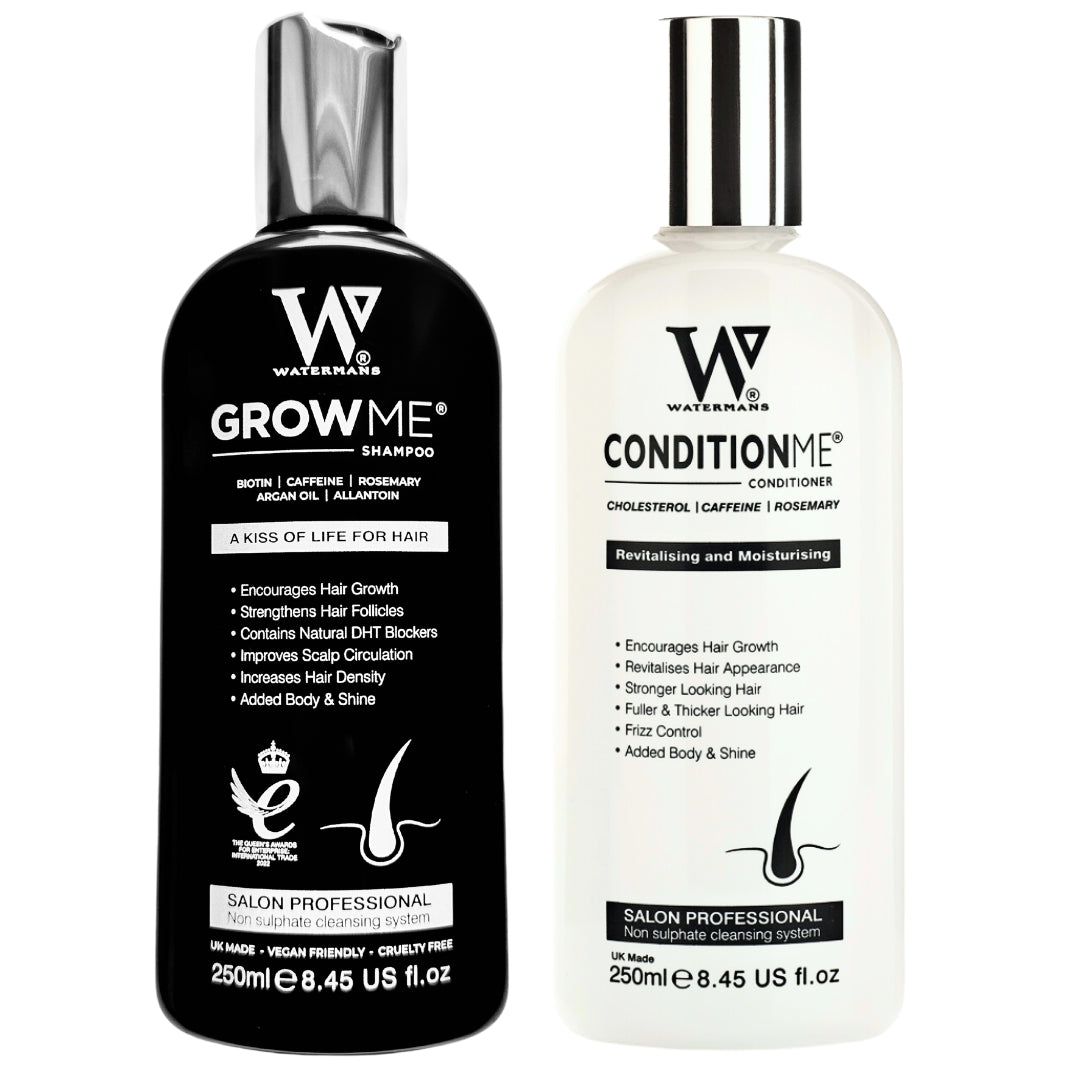
Hormone-Induced Alopecia: Causes, Symptoms, and Effective Treatments Explained
Hair loss worries many people. It touches millions of lives. A change in hormones can cause hair to fall out. Shifting hormone levels break the normal hair cycle. Hair drops early and thins. This article gives a clear guide on causes, signs, and treatments. It helps those who look for answers.
What Is Hormone-Induced Alopecia?
This hair loss comes from shifts in your hormones. Hormones act on hair follicles. Their changes make hair drop sooner or slow its growth. Key hormones include androgens (testosterone and dihydrotestosterone), estrogen, progesterone, thyroid hormones, and cortisol. Each one bonds closely with the hair cycle.
Causes of Hormone-Induced Alopecia
Here are common conditions where hormones cause hair loss:
1. Androgenetic Alopecia (Hormone Hair Loss in Men and Women)
This type happens when hair follicles react to androgens. Dihydrotestosterone, a break-off from testosterone, makes hair fall out.
2. Pregnancy and Postpartum Changes
In pregnancy, high estrogen keeps hair growing. After birth, estrogen falls and hair drops in larger amounts.
3. Menopause and Perimenopause
Lower estrogen and progesterone shift the balance. Hair becomes thinner as a result.
4. Thyroid Disorders
Thyroid hormones work with metabolism and hair health. When these hormones stray from normal, hair becomes diffuse and weak.
5. PCOS (Polycystic Ovary Syndrome)
In PCOS, extra androgens change hair growth. Hair thins on the head while extra hair may grow elsewhere.
6. Stress and Cortisol
High stress pushes up cortisol. This change can alter other hormones. Short-term hair loss may follow.
Symptoms to Watch For
Look for these signs in your hair: • Thinning along the temples, crown, or hairline
• Hair falling from all over your head
• More hair on your brush or in the drain
• A change in hair feel or strength
• More scalp visible than before
• Extra shedding in new mothers 3–6 months after birth
If these signs last or grow worse—especially with hormone changes like missed cycles or tiredness—please see a doctor.
Diagnosing Hormone-Induced Alopecia
A doctor will check your signs and history. They look at events such as childbirth, menopause, or illness. They study your scalp and hair. Sometimes, blood tests and a small skin sample help. These tests check thyroid, androgens, estrogen, and progesterone. They help decide the type of hair loss.
Effective Treatments for Hormone-Induced Alopecia
Treatment helps by balancing your hormones and waking up hair growth.
1. Medical Treatments
• Minoxidil: A liquid that boosts blood flow to hair spots.
• Anti-androgens: Drugs that block androgen effects and lower DHT levels.
• Hormone Replacement: For older women, this treatment sets hormones back in balance.
• Thyroid Medication: These help when thyroid hormones stray from normal.
2. Lifestyle and Diet Adjustments
• Eat a balanced diet with vitamins, minerals, and protein.
• Calm stress with relaxation methods.
• Choose hair products that treat your scalp with care.
3. Natural and Supplemental Options
• Biotin and similar vitamins may strengthen hair.
• Saw palmetto is a natural choice to lower DHT levels.
• Oils like rosemary oil can help keep your scalp healthy.
4. Advanced Therapies
• Platelet-Rich Plasma (PRP): A treatment that uses your own blood to wake hair follicles.
• Low-Level Laser Therapy: A treatment using light to boost hair cells.
• Hair Transplant: This treatment gives new hair when loss is severe.

Tips for Managing Hormone-Induced Alopecia
• Watch your hair and note any changes.
• See a doctor early to try to save your hair follicles.
• Stick with your treatment steps.
• Use hair care products that are kind and gentle.
• Join a support group if you need care for your feelings.
FAQ on Hormone-Induced Alopecia
Q1: Can hormone-induced hair loss be reversed?
A1: Yes, early treatment can slow or reverse the loss in many cases. Fixing hormone changes and using treatments like minoxidil help.
Q2: Is hormone-induced hair loss the same as androgenetic alopecia?
A2: Androgenetic alopecia is one kind of hormone hair loss. Other forms come from thyroid changes or shifts after childbirth.
Q3: How long does it take to see improvement?
A3: Hair regrowth may need a few months. Many see a change after 3 to 6 months with steady treatment.
Conclusion: Take Control of Your Hair Health Today
Hormone-induced hair loss may feel hard. Yet, knowing the causes, spotting signs, and using treatment can change your path. Hormone shifts bring challenges, but many steps can help. If you face hair loss or thinning, talk to a doctor who can check your hormones and set a treatment plan. With care and patience, you may bring back your hair and self-confidence.
Take the first step and schedule an appointment with a specialist today. Your path to hair regrowth starts now.













